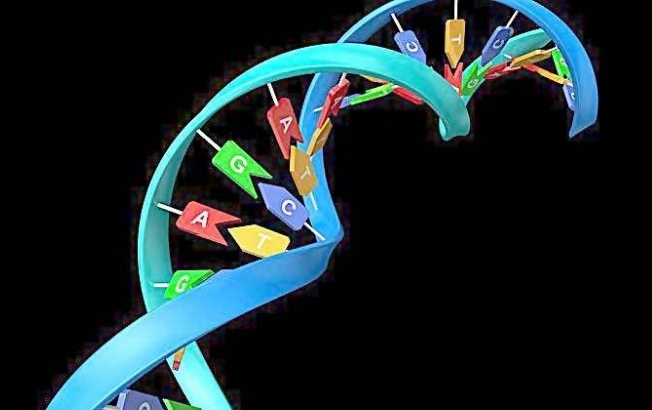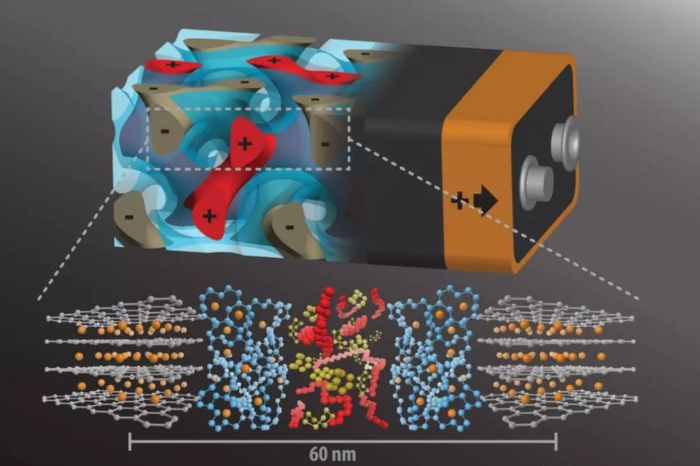When we talk about 3D gyroidal structure, what comes into your mind?

Do you believe that lithium ion batteries can also be 3D gyroidal structure? And in this structure, poly (3,4-ethylenedioxythiophene) (PEDOT)makes a great contribution to the conductivity of the positive electrode.
The basic structure of conventional lithium-ion battery is a two-dimensional structure that is assembled by positive and negative electrodes with two-dimensional structure and a diaphragm. The proportion of non-active substances in this structure is high, which reduces the specific energy of the battery; there is a large amount of voids between the positive and negative electrodes of the battery and the separator, and the internal space is wasted, resulting in a decrease in the volume energy density.
Let's take a look at the structure of the 3D Li-Ion battery.

The anode material——gyroidal mesoporous carbon (GDMC), has a low lithium insertion potential, good conductivity, and a large number of continuous, evenly distributed micropores. It can be obtained by polymer pyrolysis. The GDMC obtained by Werner et al. is covered with micropores in a diameter of about 40nm, the porosity is 63%, thickness of carbon wall is about 15nm, and the specific capacity is about 220mAh/g.
The solid electrolyte——polymer electrolyte, which has many advantages such as high safety, mechanical flexibility, viscoelasticity, and film formation. It is considered as one of the most promising electrolytes for next-generation high-energy storage devices. Werner et al. used electropolymerization to produce a PPO (polyphenylene ether) polymer electrolyte layer in a thickness of less than 10nm on the surface of the GDMC negative electrode uniformly. The positive electrode is then injected into the pores of the negative electrode that has been coated with PPO.
Cathode material——Sulfur (S). Considering the electrochemical window of the polymer electrolyte and the diameter of the micropore in the negative electrode, Werner et al. chose sulfur as the positive electrode material for the battery. And by injecting 3,4-ethylenedioxythiophene monomer (EDOT) into the electrode, which is in-situ polymerized into PEDOT (CAS 126213-51-2)polymer material with good conductivity to solve the problem of conduction for S-positive electrode. PEDOT is a kind of conductive polymer material, and has been widely used in the field of solid electrolytic capacitors, antistatic coatings, photovoltaic cells, organic electroluminescent devices, and so on. After the insertion of lithium, the 3D structure of the lithium-ion battery is finally completed.
The 3D lithium-ion battery utilizes the unique 3D gyroidal structure of the material to form a unique three-dimensional structure in which the positive electrode, negative electrode and the diaphragm current collector are mixed together, which greatly reduces the space waste inside the battery and improves the weight energy density and volume energy density of lithium ion battery. Although there are still many problems, it is expected to lead the design trends of next generation of lithium-ion battery structural in the future.
Reference
[1] J. G. Werner, G. G. Rodríguez-Calero, H. D. Abruñ, et al. Block copolymer derived 3-D interpenetrating multifunctional gyroidal nanohybrids for electrical energy storage. Energy Environ. Sci., 2018,11, 1261-1270.
Copyright © Suzhou Yacoo Science Co., Ltd. All Rights Reserved
Friendly Links :
online service